Vagus Nerve Stimulation Improves Seizure Control in Kids
This study looked at how effective vagus nerve stimulation (VNS) is for treating drug-resistant epilepsy (DRE) in children.
Plain‑language drug resistant epilepsy research: who benefits from surgery, devices, diets, and emerging treatments.
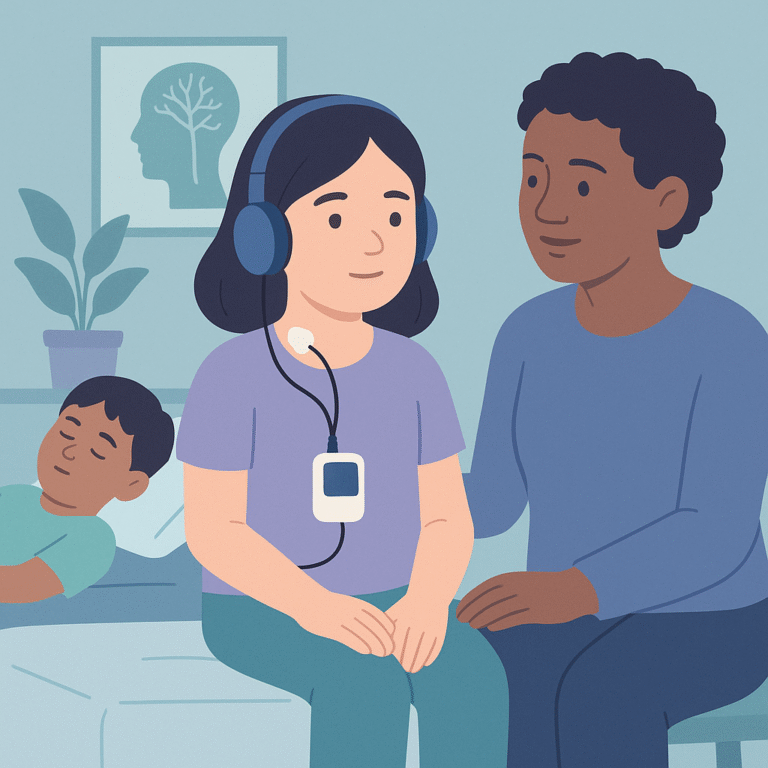
This study looked at how effective vagus nerve stimulation (VNS) is for treating drug-resistant epilepsy (DRE) in children.
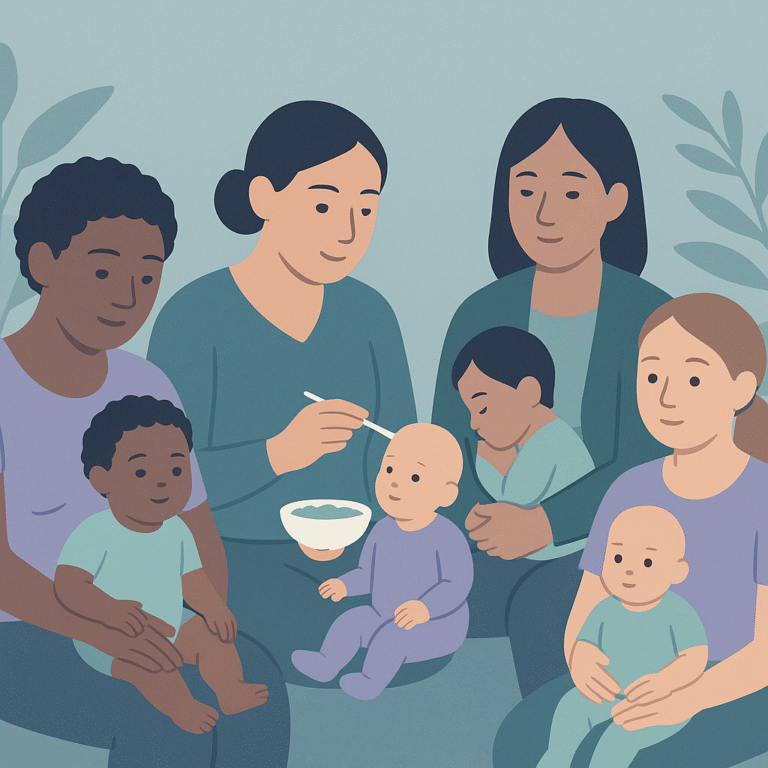
Researchers studied the use of ketogenic therapy, a special diet that can help control seizures, in infants aged 18 months or younger.
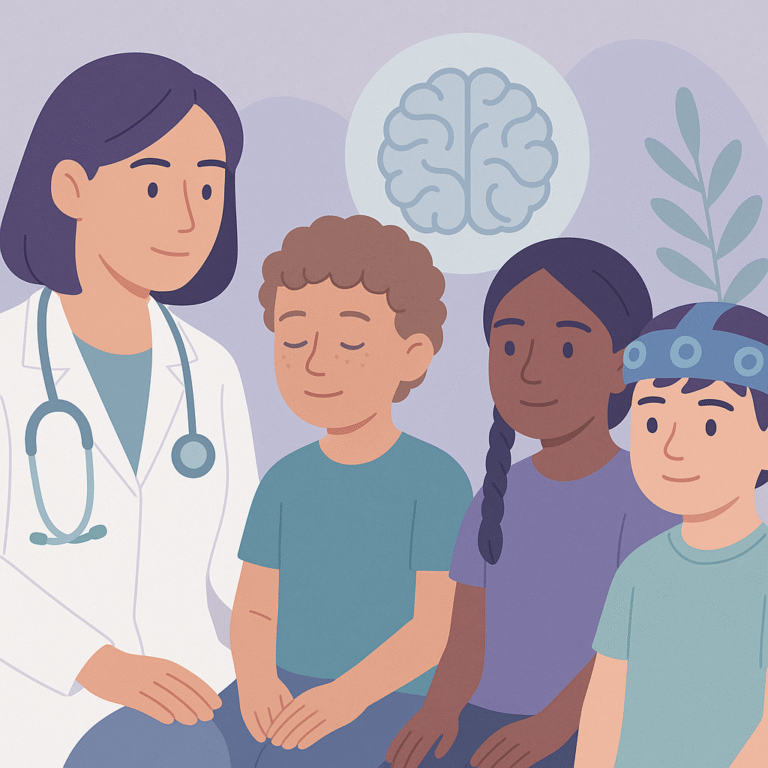
This study looked at the MEFV gene and its possible connection to drug-resistant epilepsy (DRE) in children.
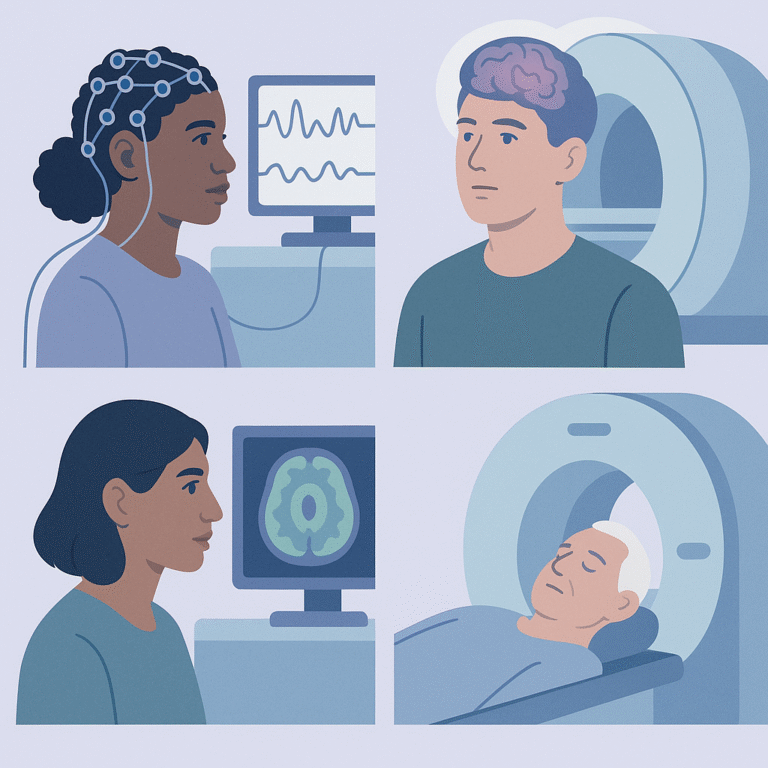
Researchers studied different brain imaging techniques to find out which ones are best at locating the exact spot in the brain where seizures start in people with epilepsy who do not respond to medication.
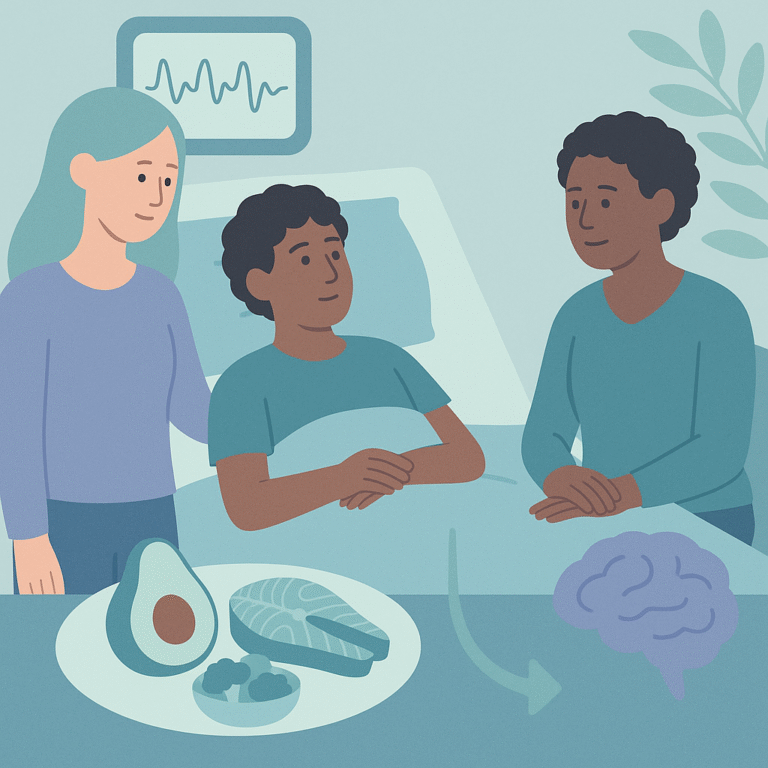
A recent study looked at how effective and safe different dietary treatments are for people with drug-resistant epilepsy, which means their seizures do not respond well to medications.
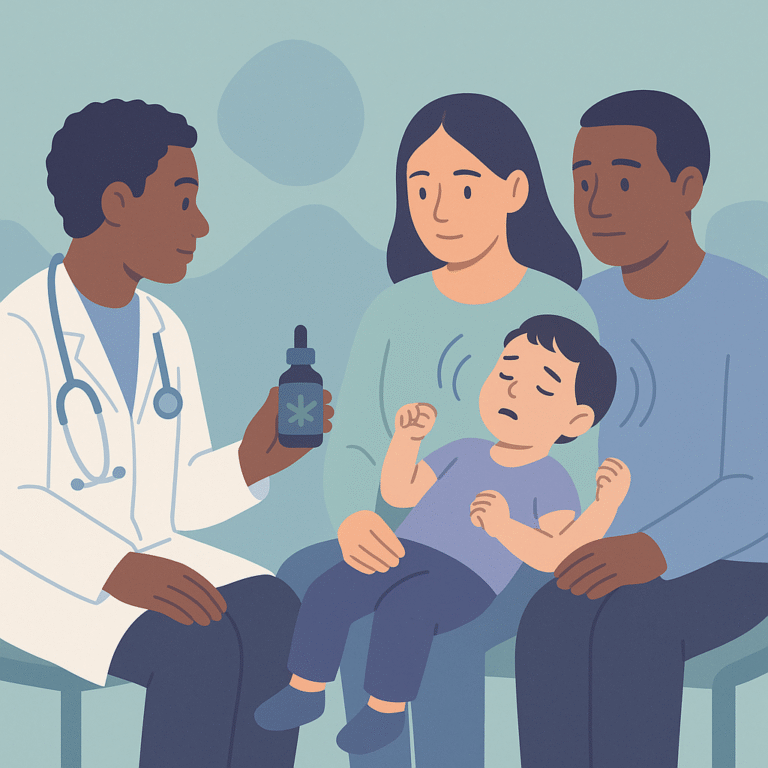
Researchers studied the use of cannabidiol (CBD) as an additional treatment for children over the age of 2 who have drug-resistant epileptic spasms (ES).
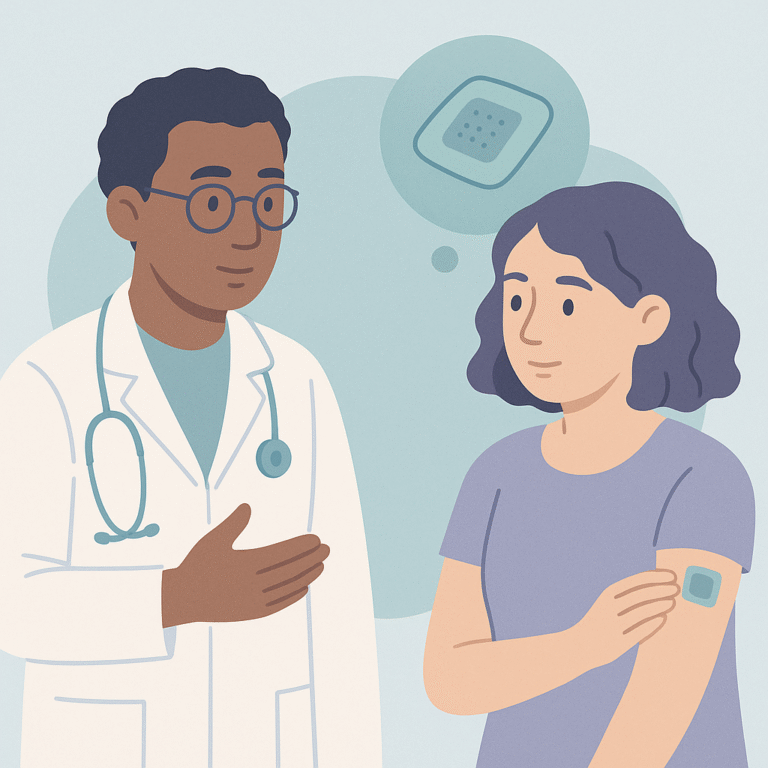
Researchers studied the use of nicotine as a treatment for Sleep-Related Hypermotor Epilepsy (SHE), a type of epilepsy that can have a genetic cause.

In this study, researchers looked at how sevoflurane anesthesia affects brain activity in children with drug-resistant focal epilepsy.
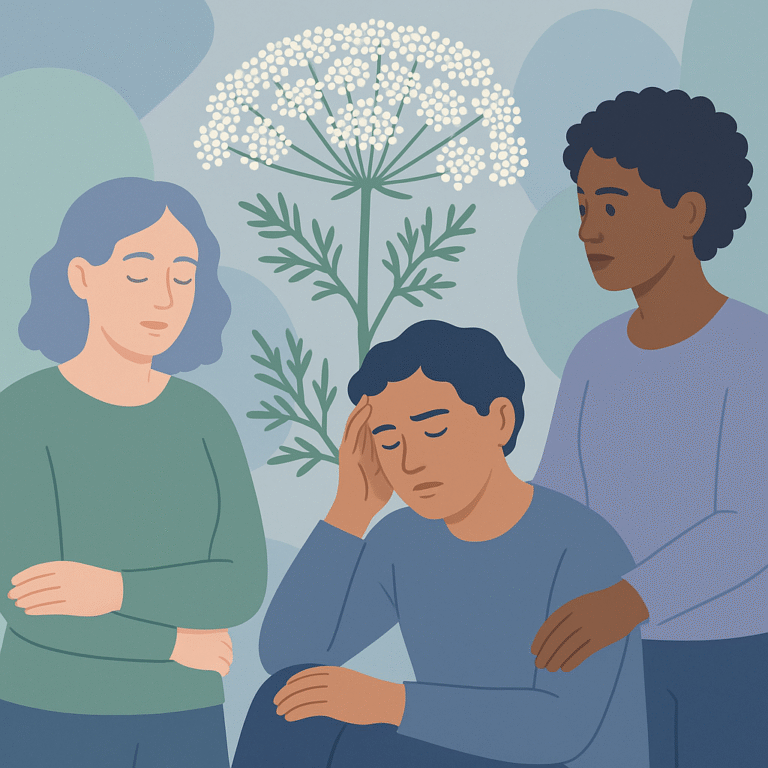
This study looked at the effects of a plant extract called Ammi visnaga, commonly known as the toothpick plant, on seizures in mice.